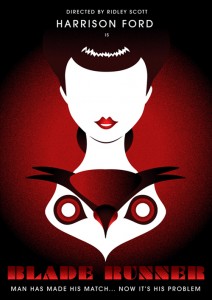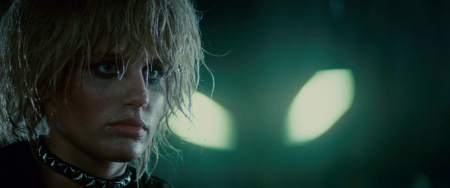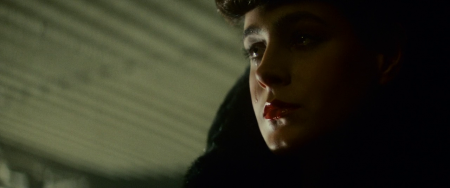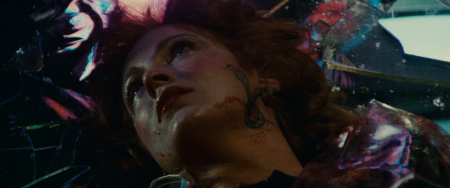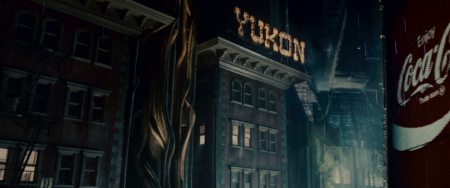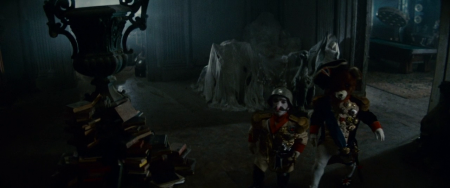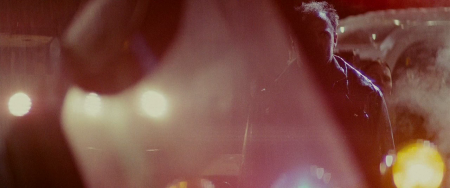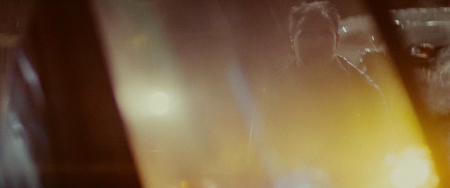Analyzing Blade Runner part 1
Now that I’m consciously examining and studying Blade Runner to teach it as an example of literate film in my Composition II class I’m finding so much more sub-textual richness that I never noticed before. Actually, I haven’t even closely examined the second half of the movie yet because I’m not teaching the second hour of the film until next week.
I’ve recognized the association between Rachel and the owl (the owl represents wisdom and is a hunter; Rachel is the first of the four replicants that reverse the roles of hunter and hunted with Deckard) and Zora with the snake (Zora is obviously a fallen angel associated with Satan), but I only recently noticed the association of Pris with the cat, established by the cat-eye pair of lights behind her and the audio cue at the same moment when Sebastian leads her into his apartment building.
Zora plays with her prey, but not nearly as obviously as Leon, Priss, and Roy do. I also noticed that Rachel cries after Deckard destroys her “web” of memories (another symbolic passage of dialogue) and thus ends her life as she knew it. A short time later Zora also cries after Deckard ends her life. Both replicants shed a tear from their right eye.
Further cementing the parallels between the replicants, Deckard’s “retirement” of Zora immediately leads to retribution by Leon; Deckard’s “retirement” of Pris immediately leads to retribution by Roy. Just yesterday I consciously realized that Leon stripping away Chew’s coat is a fairly obvious visual representation of Roy & Leon’s effort to get to the core of Chew’s knowledge.
A few other interpretative points that I’ve noticed on my own within the first half of the movie include the way the film’s first Voight Kampff question about the tortoise symbolizes both Leon & Holden’s inability to save themselves; the irony that the VK test is designed to measure human empathy, yet nearly all of the questions revolve around empathy for animals instead of empathy for fellow human beings, thereby suggesting that human life is so cheap that it’s worth less than animals; Rachel’s statement, “I should be enough for him,” possibly unconsciously revealing her nature as an ideal “human” specimen; the fact that Leon’s hotel is named “Yukon,” and happens to be where Deckard find his “goldmine” of clues leading to both Zora & Leon;
and the disturbing characterization that J. F. Sebastian perceives artificial soldiers as harmless, cute “friends” when, in actuality, they’re anything but.
Then I even just noticed today that the rising car door creates a physical separation between the still-living Leon and the now deceased Zora:
These points are all in addition to the better known and already established points of interpretative analysis about the film including its numerous Biblical references, Batty’s mis-quotation of Blake, the significance of photographs, the importance of eyes and “seeing,” the oppressive police presence, vertical class & racism, noir-ish elements, the Mayan architecture, the film’s repeated instances of lack of understanding between characters, role reversal including the dehumanization of the human and the humanization of the non-human, and so forth.
